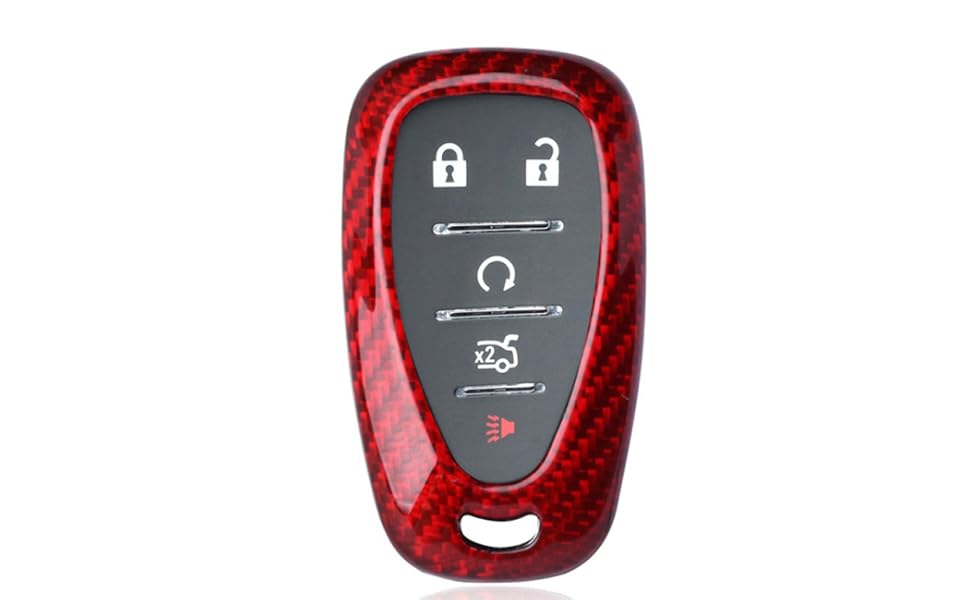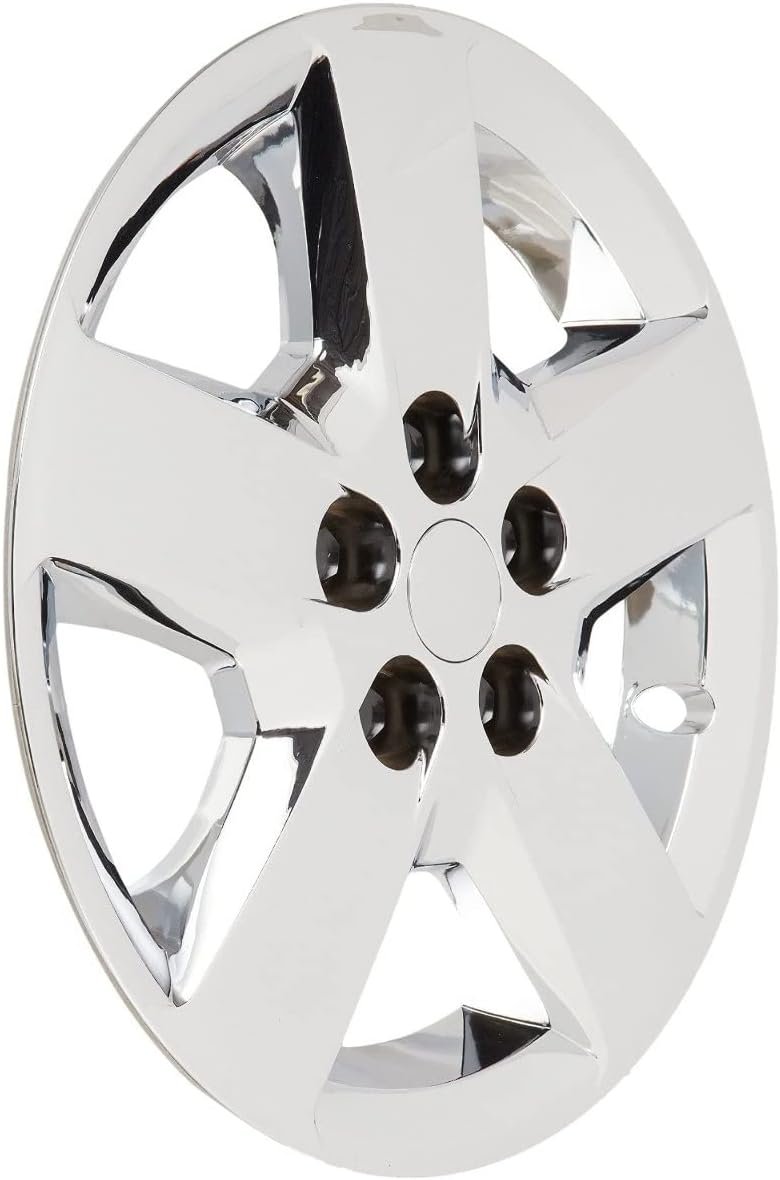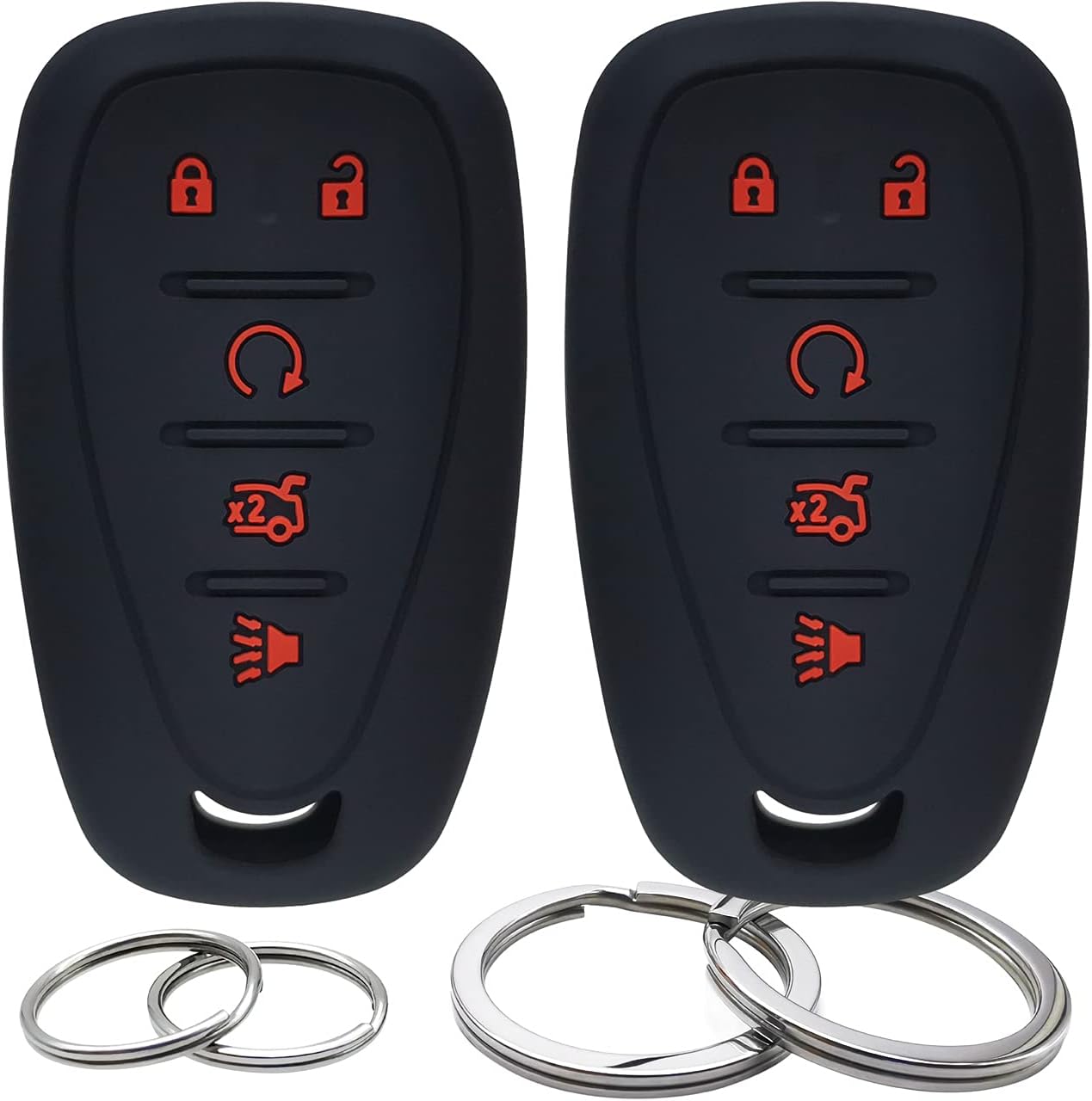The Chevy Malibu has long been a popular choice among drivers looking for a reliable and stylish mid-size sedan. As vehicle enthusiasts and everyday drivers alike seek to enhance their vehicles, understanding the Chevy Malibu bolt pattern is crucial for anyone considering wheel upgrades. This article will explore the Malibu’s bolt pattern, factors to consider when upgrading wheels, and provide tips for selecting the right wheels for your vehicle.
Understanding Bolt Patterns
Before diving into the specifics of the Chevy Malibu, it’s essential to understand what bolt patterns are and why they matter. The bolt pattern of a wheel is defined by two key measurements:
- Number of Bolts: This indicates how many bolts or lug nuts are used to secure the wheel to the hub. Common configurations include 4, 5, and 6 bolts.
- Diameter: The diameter of the circle formed by the centers of the bolt holes, usually measured in millimeters (mm).
The bolt pattern is crucial for ensuring that the wheel fits securely on the vehicle, affecting handling, safety, and overall performance.
The Chevy Malibu Bolt Pattern

The Chevy Malibu has undergone several redesigns since its debut in the 1960s, and the bolt pattern has remained relatively consistent across recent models. The most common bolt pattern for the Chevy Malibu, particularly from 2013 to 2023, is:
- 5 bolts
- 120 mm diameter
For older models, such as those produced in the early 2000s, the bolt pattern may differ slightly, so it’s essential to verify the specifications for your specific model year.
Why Upgrade Your Wheels?

Upgrading the wheels on your Chevy Malibu can provide numerous benefits, including:
- Enhanced Aesthetics: New wheels can significantly alter the appearance of your vehicle, making it look more sporty or aggressive.
- Improved Performance: Lightweight wheels can enhance handling and acceleration, while wider wheels can improve traction.
- Better Ride Quality: Upgraded wheels can lead to improved suspension feedback and ride comfort.
- Customization: Wheel upgrades allow for personalization, letting drivers express their style.
Factors to Consider When Upgrading Wheels

When considering wheel upgrades for your Chevy Malibu, there are several factors to take into account:
1. Wheel Size

Wheel size is measured in inches and can significantly affect your vehicle’s performance. Common sizes for the Malibu range from 16 to 20 inches. Larger wheels can enhance the car’s aesthetic appeal and improve cornering, but they may also lead to a harsher ride. Consider the following:
- Check your vehicle’s specifications for compatible wheel sizes.
- Keep in mind the trade-off between aesthetics and ride comfort.
2. Offset

The offset of a wheel is the distance from the wheel’s centerline to the mounting surface. The Malibu typically has a positive offset, which means the hub mounting surface is toward the front of the wheel. When upgrading, ensure that the new wheels have a compatible offset to avoid issues with steering and suspension.
3. Tire Compatibility
Choosing the right tires is just as important as selecting the wheels. Larger wheels may require lower-profile tires, which can affect ride quality. Always consult a tire size chart to find the best match for your new wheels.
4. Material
Wheels can be made from various materials, with the most common being:
- Steel: Durable and often more affordable, but heavier.
- Aluminum Alloy: Lighter and often more visually appealing, but can be more expensive.
Consider your priorities—whether you want durability, aesthetics, or performance—when selecting a material.
Case Studies: Successful Wheel Upgrades
To illustrate the impact of wheel upgrades, let’s look at a couple of case studies involving Chevy Malibu owners:
Case Study 1: From Stock to Sporty

John, a 2019 Chevy Malibu owner, decided to upgrade his stock wheels to a set of 18-inch aluminum alloy wheels. He was primarily motivated by aesthetics and wanted to give his car a sportier appearance. After researching bolt patterns and consulting with local wheel shops, he chose wheels that matched the factory offset and paired them with low-profile tires. The result was an eye-catching vehicle that received compliments from friends and family, and John noted an improvement in handling during cornering.
Case Study 2: Performance Enhancement
Sarah, on the other hand, was interested in enhancing her 2017 Malibu’s performance. She upgraded to lightweight 20-inch wheels and opted for performance tires. The new setup not only transformed the car’s look but also improved its handling and responsiveness on the road. Sarah reported a noticeable difference in acceleration and cornering grip, which made her driving experience more enjoyable.
Tools and Resources for Wheel Upgrades
When planning a wheel upgrade, having the right tools and resources is essential. Here are some recommendations:
- Online Wheel Fitment Tools: Websites like Tire Rack and Wheel-Size.com allow you to input your vehicle’s make and model to find compatible wheels.
- Local Tire Shops: Consult with professionals who can provide expert advice and help you with the installation process.
- Owner’s Manual: Always refer to your vehicle’s owner’s manual for specifications related to wheel sizes and bolt patterns.
Upgrading the wheels on your Chevy Malibu can markedly enhance both its performance and aesthetic appeal. Understanding the bolt pattern, which is typically 5 bolts with a 120 mm diameter for recent models, is crucial for ensuring compatibility. By considering factors such as wheel size, offset, material, and tire compatibility, you can make informed decisions that lead to a successful upgrade.
Through case studies, we see how different owners have transformed their vehicles to meet their needs and preferences, whether for style or performance. With the right tools and resources at your disposal, you can embark on your own wheel upgrade journey, ultimately creating a Chevy Malibu that reflects your unique style and driving demands.